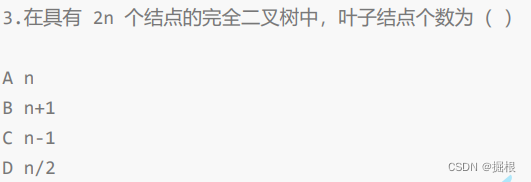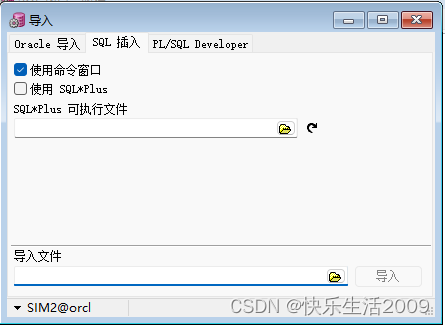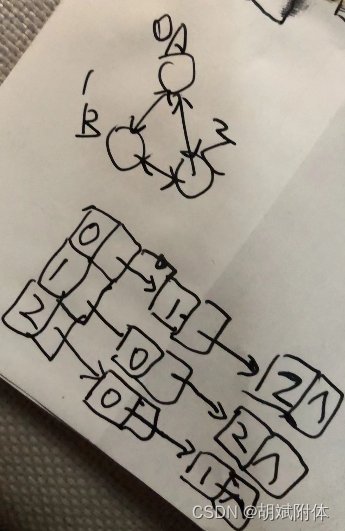目录
1.求最小公倍数
2.数组中的最⻓连续⼦序列
3.字母收集
1.求最小公倍数
链接

这就是一道普通的数学题。
最大公倍数 = A * B / A 与 B之间的最大公约数。
最大公约数求法:辗转相除法(或者可以用<numeric>头文件中的gcd)
#include <iostream>
using namespace std;
int gcd(int a, int b)
{
if(b == 0) return a;
return gcd(b, a % b);
}
int main()
{
int a, b;
cin >> a >> b;
cout << (a * b / gcd(a, b)) << endl;
return 0;
}2.数组中的最⻓连续⼦序列
链接

因为题目要求值连续,但是位置可以不连续,于是我就想到了可以先去排序,然后采用类似滑动窗口的思想去遍历所有长度,边遍历边更新len。
代码:
class Solution {
public:
int MLS(vector<int>& arr) {
if (arr.size() == 1)
return 1;
sort(arr.begin(), arr.end());
int len = 0;
int l = 0, r = 1;
int cnt = 1;
while (true)
{
if (arr[r] == arr[l] + cnt)
{
cnt++;
r++;
}
else if (arr[r] == arr[l] + cnt - 1)
{
r++;
}
else
{
cnt = 1;
len = max(len, arr[r - 1] - arr[l] + 1);
l = r;
r++;
}
if (r == arr.size())
{
len = max(len, arr[r - 1] - arr[l] + 1);
break;
}
}
return len;
}
};3.字母收集
链接

我看到这个方格子直接就想去DFS了,简直无语了。DFS半天,给自己都DFS懵逼了。
其实这题正解是dp(动态规划)
而且是很基本的动态规划,只比斐波那契难一点点。
#include <iostream>
using namespace std;
const int N = 520;
int dp[N][N];
char mp[N][N];
int n, m;
int main() {
cin >> n >> m;
for (int i = 1; i <= n; ++i) {
for (int j = 1; j <= m; ++j) {
cin >> mp[i][j];
}
}
for (int i = 1; i <= n; ++i) {
for (int j = 1; j <= m; ++j) {
dp[i][j] = max(dp[i - 1][j], dp[i][j - 1]);
if (mp[i][j] == 'l')
dp[i][j] += 4;
if (mp[i][j] == 'o')
dp[i][j] += 3;
if (mp[i][j] == 'v')
dp[i][j] += 2;
if (mp[i][j] == 'e')
dp[i][j] += 1;
}
}
cout << dp[n][m] << endl;
return 0;
}从一开始存入图,方便初始化。

















![【Hadoop】-HDFS的存储原理[4]](https://img-blog.csdnimg.cn/direct/ad0e832110b3449c9918b3a8d6a36c4e.png)

